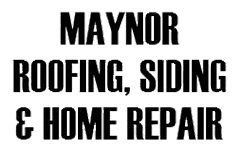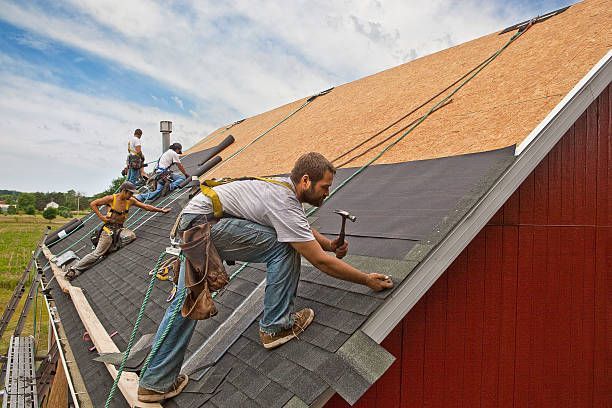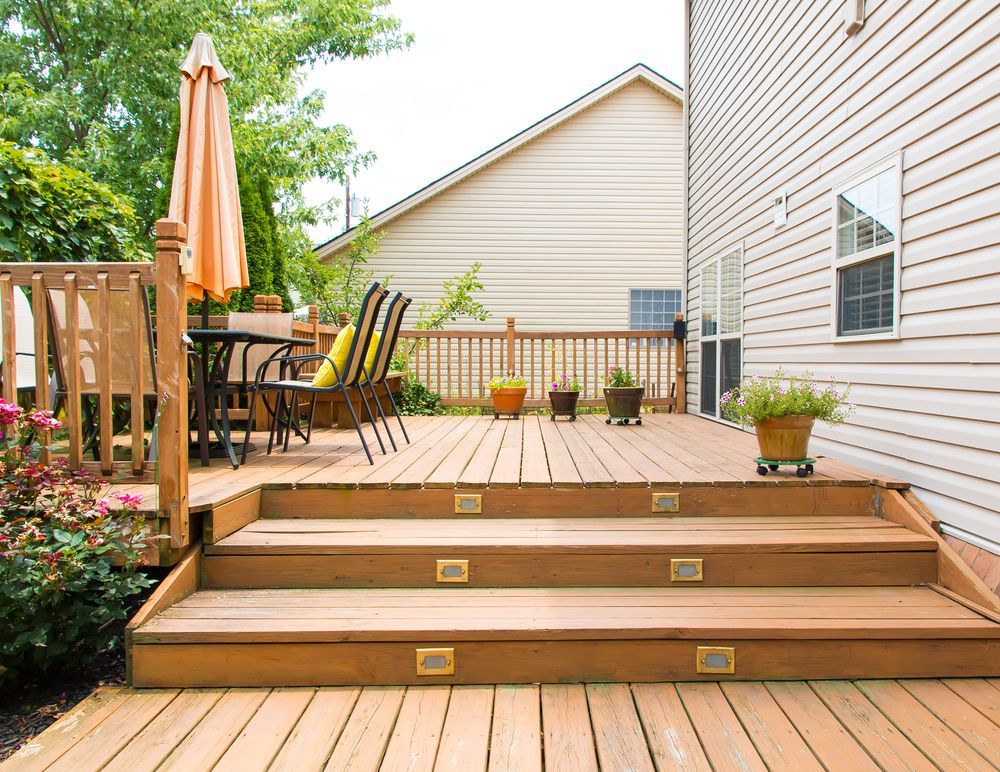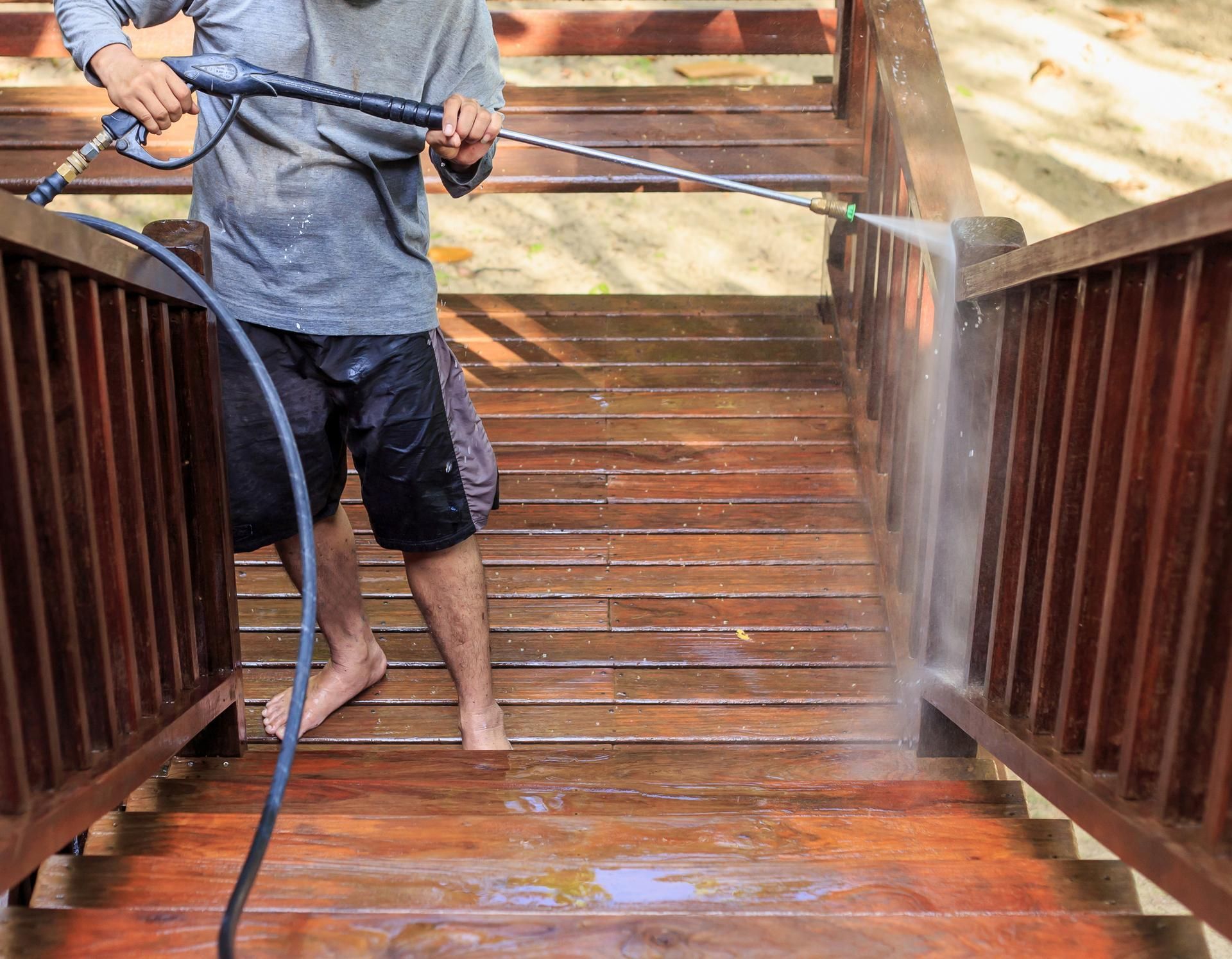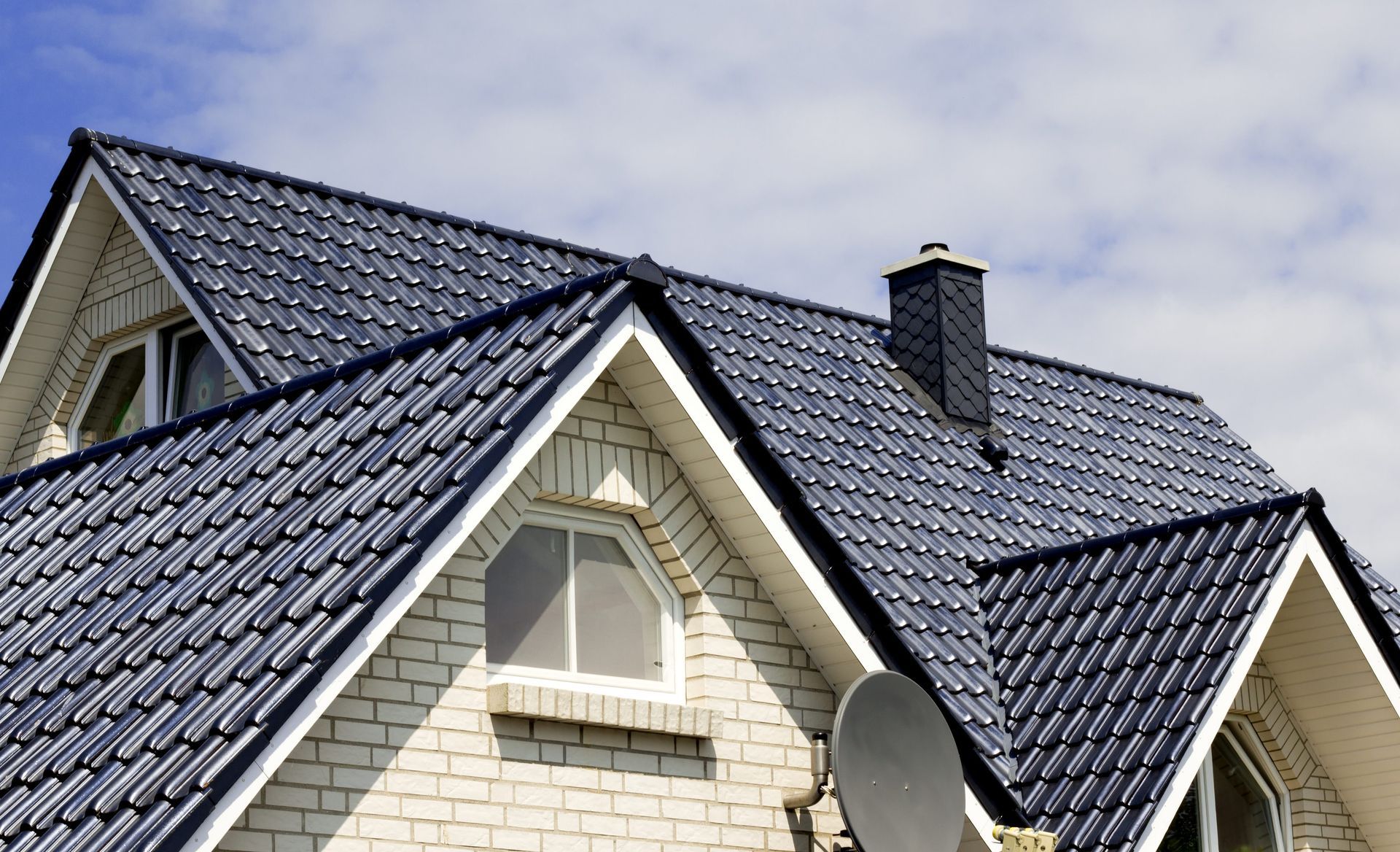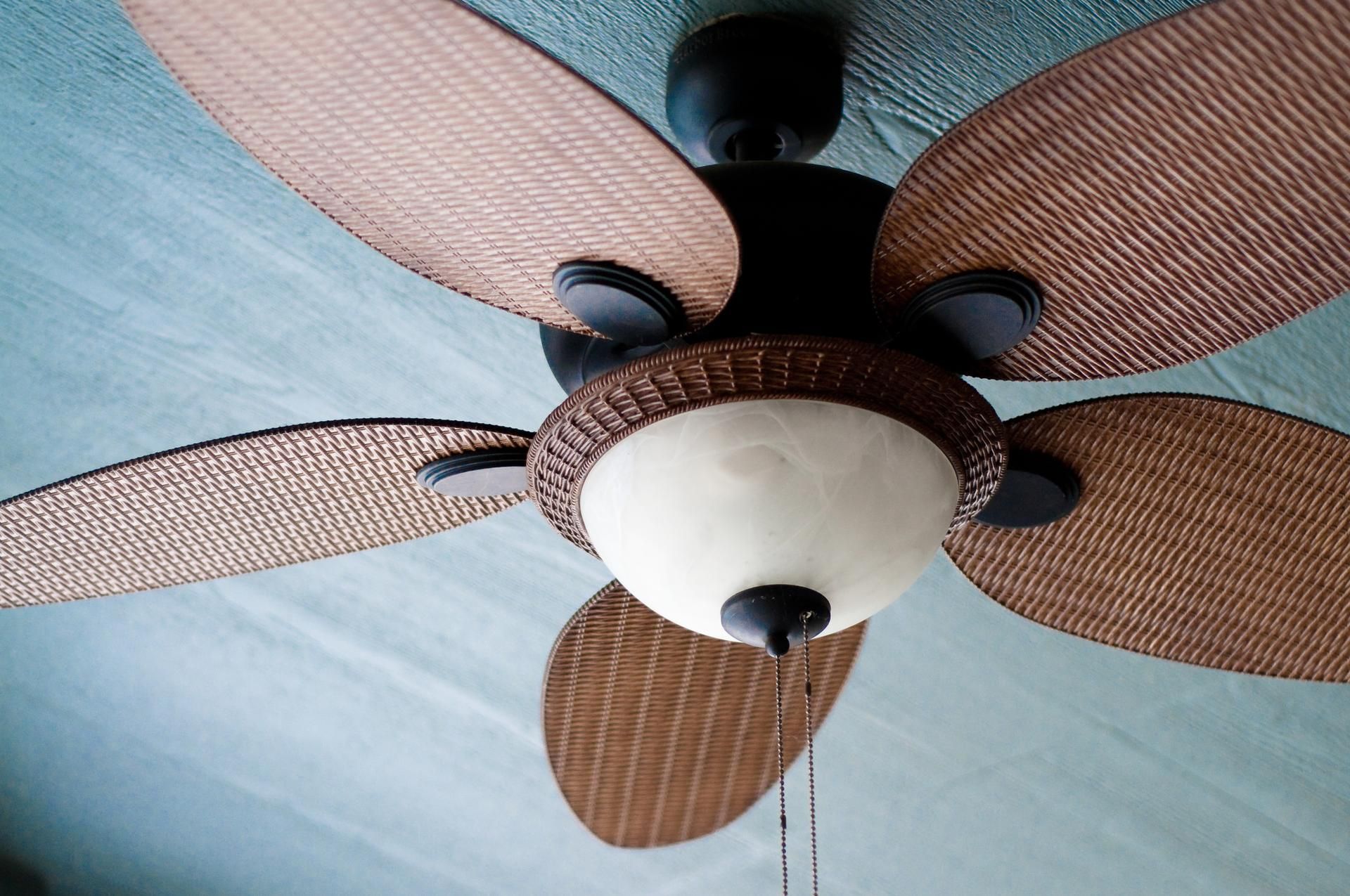Recognizing Flashing Damage and Other Indications for Roof Replacement
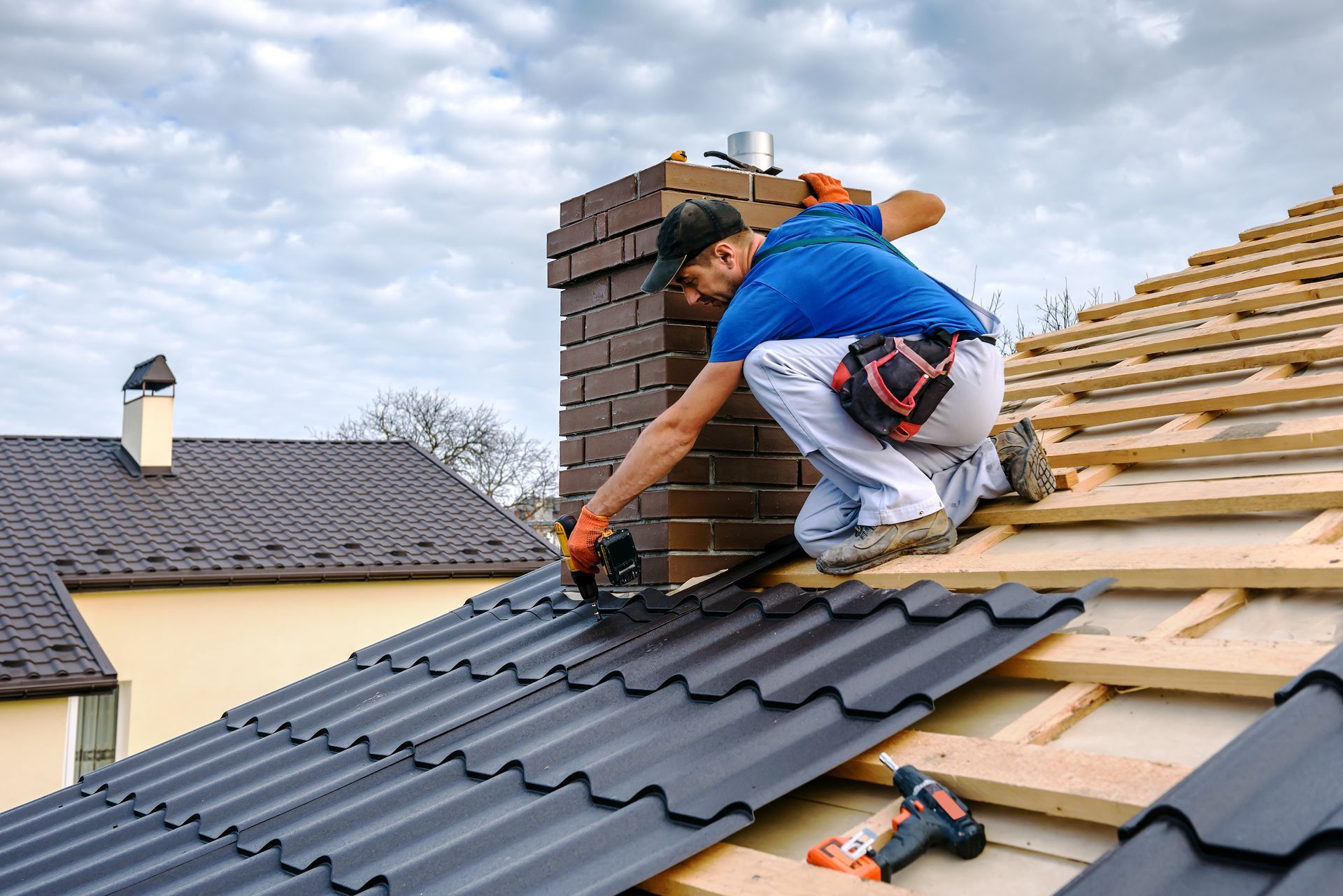
A roof is an integral part of any home, protecting the interior from the harsh weather outside. While roofs can last for many years, they are not invincible. Over time, they can become damaged and require repairs or even a complete replacement.
Recognizing the signs of damage is crucial in preventing further problems and avoiding costly fixes. One of the most critical areas on a roof that needs attention is the flashing. In this blog post, we will explore what flashing is, why it is essential, and how to recognize damage.
What is flashing?
Flashing is a material installed underneath shingles, tiles, or other roofing materials around roof openings like skylights, vents, chimneys, and valleys. Its primary purpose is to prevent water from seeping into the house at those points. Flashing comes in various materials, including copper, aluminum, and galvanized steel. The material used will depend on the specific requirements of the roof system and the building.
Why is flashing critical?
The success of your roof and your home's interior depends on the effectiveness of the flashing. Without it, water can penetrate the roof around openings, leading to mold, rot, and even structural damage. The importance of flashing is clear; a roof can not function correctly without it, and avoiding repairs or replacement for damaged flashing can put your home in danger. It is essential to know the signs of flashing damage to keep your roof in good condition.
How can I recognize flashing damage?
The deterioration of flashing is a common issue that occurs over time. Exposure to the elements, age, and installation errors can all contribute to its breaking down. You can recognize flashing damage from several signs.
Firstly, water stains around roof openings are clear indications of a leak. If you see brown stains on your ceiling, the flashing is a potential culprit. Another sign of damaged flashing is visible rust, corrosion, or holes. Unusual odors or mold around roof openings can also be an indication that the flashing is not working correctly.
In addition to visible signs, there are other indications that your flashing may need attention. If you notice an increase in energy bills or drafts around windows or doors near roof openings, it could mean that water is entering through damaged flashing and causing insulation problems.
It's also essential to check your roof for missing or loose shingles, as they can be a sign of compromised flashing. If you suspect that your roof flashings have damage, it is crucial to act fast and get it checked by a roofing professional.
What are some other signs for roof replacement?
While damaged flashing is one of the signs, there are other indications that your roof might require replacement. One of the most prominent signs is age. Depending on the roofing material, most roofs have a lifespan of a few decades. If your roof is near or beyond the end of its usefulness, it is time to consider a replacement.
Other signs that warrant roof replacement are significant damage, cracks, missing tiles or shingles, and extensive water damage. When these factors combined create structural damage, you should replace your roof immediately. Finally, if you have experienced leaks before, even from small cracks, you might want to request an inspection to determine if a full replacement is necessary.
While no one wants to replace their roof, it is a crucial decision that can impact your home's integrity. Recognizing the signs of damage is critical in identifying potential issues before they become hazards. Flashing damage needs particular attention as it is a point of entry for water, causing significant damage to your home.
Age, significant damage, and recurring leaks are other signs that your roof needs replacement. Ensure that you have your roof regularly inspected by a certified roofing professional to ensure its longevity and effectiveness. A well-maintained roof provides peace of mind and will keep you and your loved ones safe and protected. For roofing services in Fayetteville, NC, turn to the experts at Maynor Roofing, Siding & Home Repair. We're here to help.
